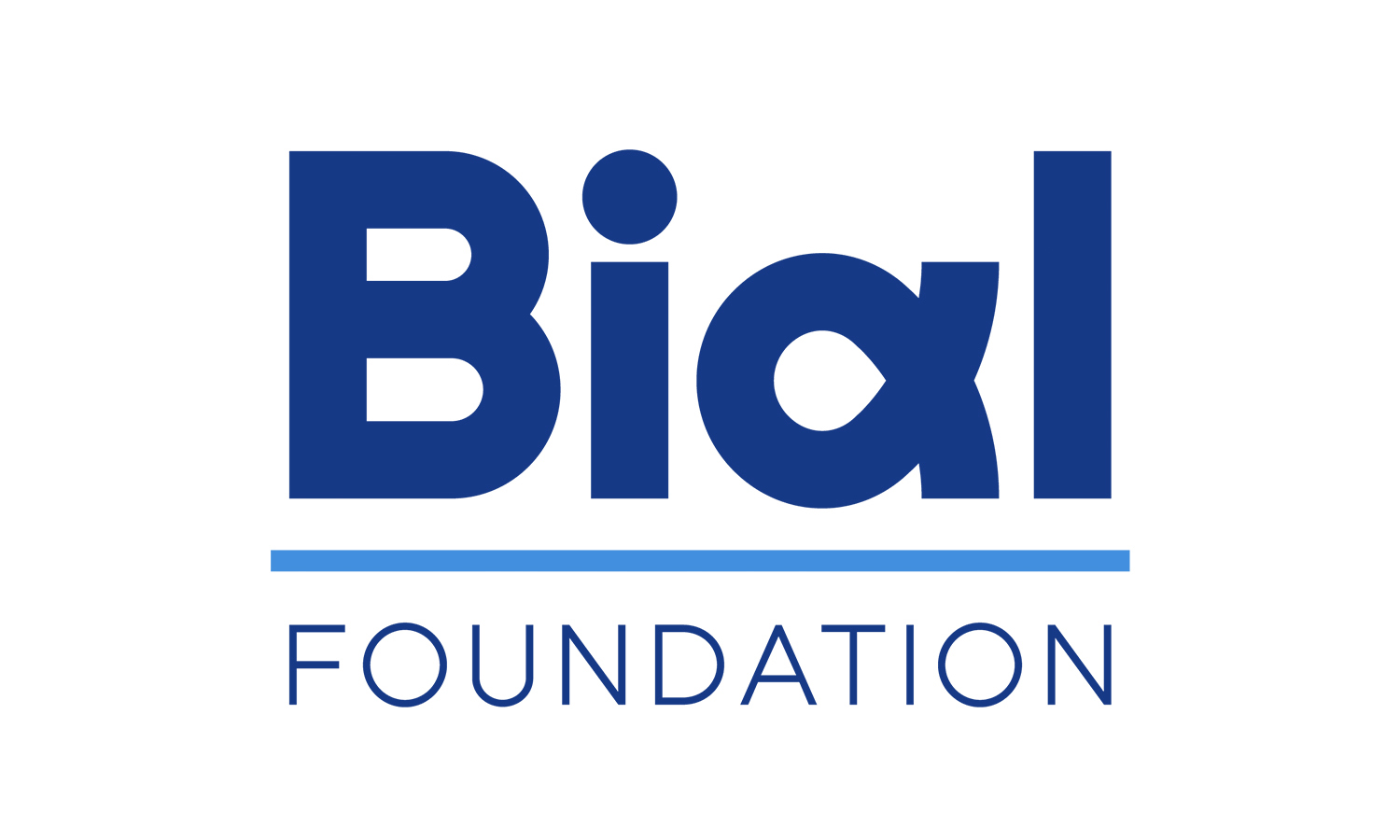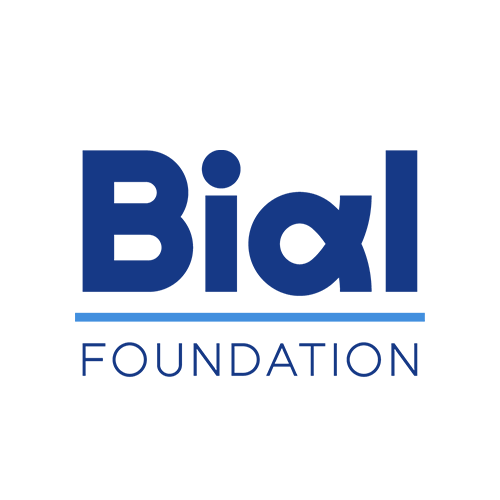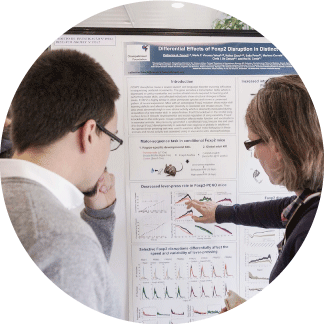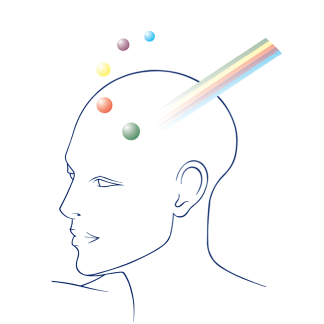News
Top Stories

Dream and daydream: differences and similarities
Did you know that daydreams reflect events from the previous two days and “night” dreams resemble a fictional plot?

Does your dog have social skills?
A study suggests that viewing the owner’s face works as a positive social reinforcement for dogs. Learn more about this and other surprising results about “man’s best friend”.
News

Nominations for BIAL Award in Biomedicine 2023 are open until June 30
The third edition of the BIAL Foundation's international award, the BIAL Award in Biomedicine, is open, with nominations until June 30. With the amount of 300.000 Euros, this award seeks to recognise a work published in the broad biomedical field within the last ten years, the results of which are considered of exceptional quality and scientific relevance.
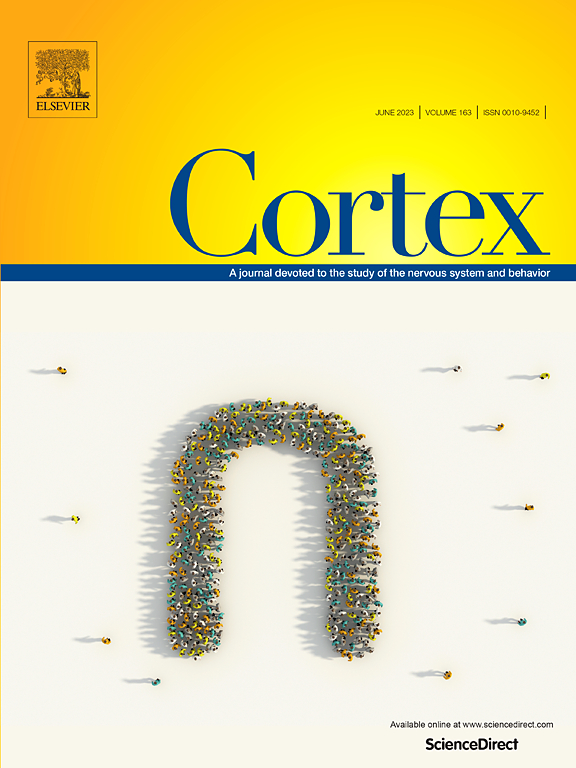
The role of alpha in attentional processes
Alexander Jones and Jonathan Silas published in Cortex the paper Spatial attention is not affected by alpha or beta transcranial alternating current stimulation: A registered report resulting from the research project 150/16 - An investigation into the causal role of alpha oscillations in attention, supported by the BIAL Foundation. Using transcranial alternating current stimulation (tACS), the researchers tested whether somatosensory alpha oscillations are causally related to endogenous and exogenous attention and concluded that the manipulation of alpha by tACS does not cause changes in tactile spatial attention. These findings support an account of alpha power not being causally involved in attention.

Italy, UK, USA and Portugal were the countries with most supported projects in Grants Programme 2022/23
Did you know that in the Grants Programme for Scientific Research 2022/23 it was supported 75 applications from 17 countries?

